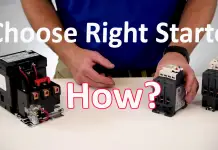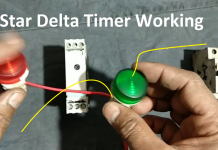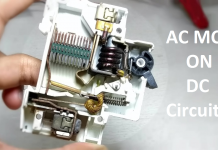Single Pole Double Throw Switch:
A single input with two different output switches is called Single Pole Double Throw switch (SPDT). Using this we can control two different circuits with the same single input. The switch can be operated by either manual method or integrated with the electromagnetic coil.
The best example for the SPDT switch is ACS 550/800 VFD’s output terminal relays. Here the relay switch can be configured as single-pole (one input) with two different output.
SPDT Schematic Symbol:
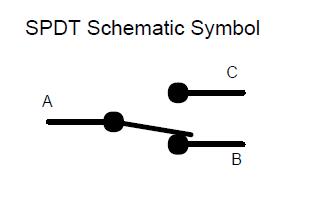
SPDT Switch Working:
Just consider a below example,
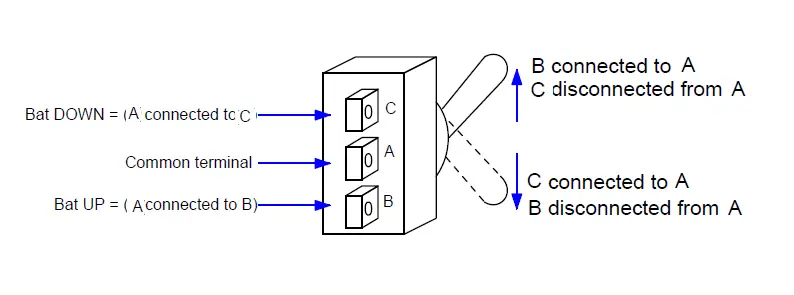
The SPDT switch has three terminal A, B and C. In this A is common to input terminal which is connected in the source; B is connected with circuit 1 and C is connected with circuit 2. a simple break-before-make changeover switch: A (Common) is connected either to B or to C.
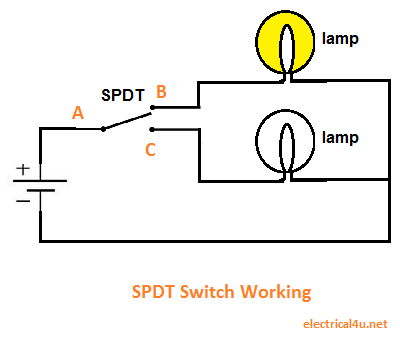
Consider A is connected with B and C is in an open condition. As a default, the current flows from the source to B circuit since the lamp B glows when you operate SPDT switch the C circuit receives the power and meanwhile, B will be turned off.
This is the working principle of SPDT switches.
Convert SPDT switch into SPST Switch:
To use an SPDT switch as an SPST switch just use the common terminal and either of the other terminals. So you could use C and A or you could use C and B
Applications:
- ABB/Siemens VFDs
- Control Circuit
- PLC output switches
- Selector switches with a single common configuration.
Video Explanation for SPDT Switches:



